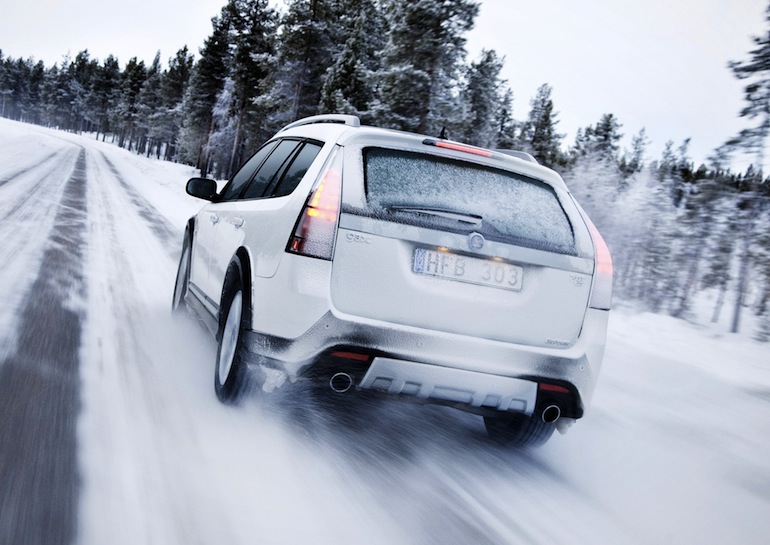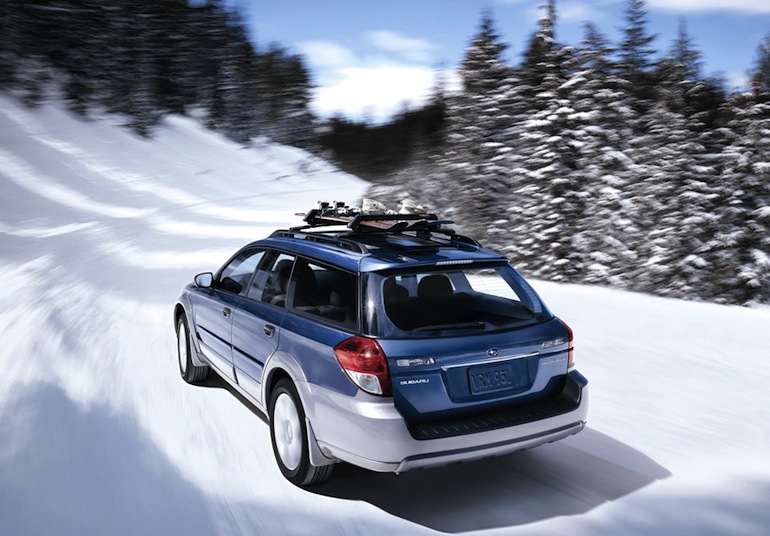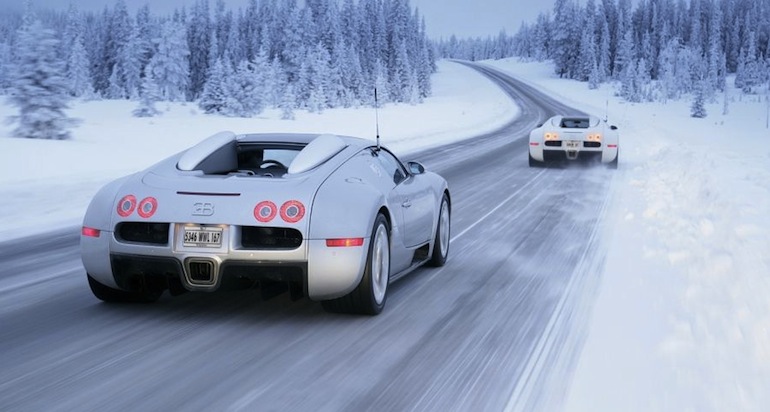
How to drive in winter? Technique and tips for beginners
Winter always comes unexpectedly. City services report full readiness for colds and snowfalls, but anyway, one morning we wake up and understand that the roads, as usual, are covered with snow and it will be difficult to get to work by car. It is at such moments that one has to remember all the skills of winter driving.
The first thing to take care of is correct driving position. Forget about summer relaxation, you need to sit behind the wheel in such a way that you are always ready for emergency situations. The steering wheel is not an additional support, the entire weight of the body should fall on the seat, place your hands in the upper sector of the steering wheel. The head does not need to be tilted to the side, back or forward, keep the neck straight - it is in this position that ideal conditions are created for the organs of balance.
Adjust the seat and head restraints so that they can bear the weight of your body in the event of a rear impact. Don't forget about seat belts.
It is also important to learn move off correctly. If even beginners have no problems with this on a dry track, then at those moments when the road looks more like a figure skating rink, even experienced drivers skid and “dry the ice” for a long time, at such moments the car can move anywhere, but only not forward.

Experts advise during the start to apply the technique of gradually increasing thrust. Light slipping will benefit - it will clear the tread from snow. Slowly depressing the clutch, shift to first gear, the car should start moving, it is not necessary to press on the gas sharply, this can lead to slippage. If you press on the gas, and the car is skidding, then you need to slow down, the wheels will spin more slowly and engagement with the road surface may occur.
On rear-wheel drive vehicles, the parking brake can be half applied immediately before driving off and immediately released as soon as the vehicle starts moving.
What you can’t do is press the gas all the way and release it sharply, such sharp jerks will not do any good, and the tread slots will only become clogged with snow and mud. Increase the tension gradually. If the car is still slipping, then do not forget about the sand - pour it under the drive wheels. Use the acceleration technique to release the gas.
Braking on a slippery road always presents difficulties and often causes numerous accidents and collisions with pedestrians. In emergency situations, we apply the brakes purely automatically, but in no case should this be done on ice, because the wheels are blocked and the car carries due to inertia, and on a slippery road, the braking distance increases many times.
Pros are advised to brake with the engine, that is, with the clutch depressed, take your foot off the gas pedal. The wheels do not lock abruptly, but gradually. Approximately the same principle works and anti-lock braking system ABS. But you need to start braking the engine in advance, because it will not work to stop abruptly.

Pulse braking is also used, when the driver does not sharply press the brake, and in short pulses - a few clicks per second, and it is the first pulse that is important, which will help diagnose how slippery the surface is. With impulse braking, you can take advantage of a quick downshift. Experienced drivers can use the method of simultaneously pressing the gas and brake pedals, that is, without releasing the gas pedal, you need to move your left foot to the brake, pressing should be smooth, but sharp enough. With this method, the wheels do not completely block.
When braking by the engine, regassing is effective before switching to lower gears: we release the gas - we squeeze the clutch - we jump to a lower gear - we sharply press the gas to maximum speed and release it.
The effectiveness of this method is explained by the fact that when decelerating, the car will stop smoothly and the risk of uncontrolled skidding will decrease.
Driving on snow-covered roads and city highways also presents difficulties. In order to have fewer problems, you need to move along a common track. You need to follow the road and avoid such situations when the left wheels are driving, for example, along a well-trodden rut, and you have run into rolled snow with your right wheels. As a result, a skid of 180 with the entrance to a snowdrift or a ditch may occur.
The main rule is to keep the distance, you must always be prepared for the fact that the front or rear drivers will not be able to manage. We are very careful at intersections.

If you need to lay a route on fresh snow, especially if you are driving into a yard or looking for a place to turn around, then you first need to make sure that there are no stumps, holes and open sewer manholes under the snow.
If you see obstacles in the form of snowdrifts, drifts, randomly laid ruts, then you need to drive through them smoothly and at low speed. Do not forget about a shovel in winter, because you often have to work with it, especially in the morning, digging out a car.
A very dangerous phenomenon on icy roads - skid.
To get out of it, you need to turn the steering wheel in the direction of the skid, the centrifugal force will return the car to its previous position by inertia, and as you exit the skid, the steering wheel is turned in the opposite direction. On front-wheel drive cars, when skidding, you need to step on the gas, and on rear-wheel drive, on the contrary, release the accelerator pedal.
As you can see, a variety of situations can happen in winter, so professionals advise beginners to refrain from traveling at this time of the year.
Video with winter driving tips.
In this video you will see how to move correctly in the winter season along the kale.
Correctly brake in the winter.
Video about what you need to have in the car in winter.
Loading…